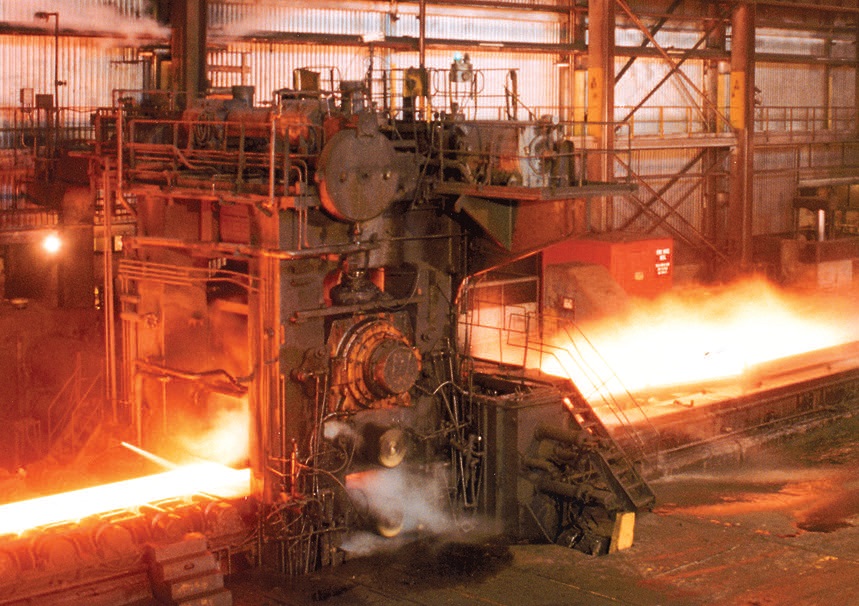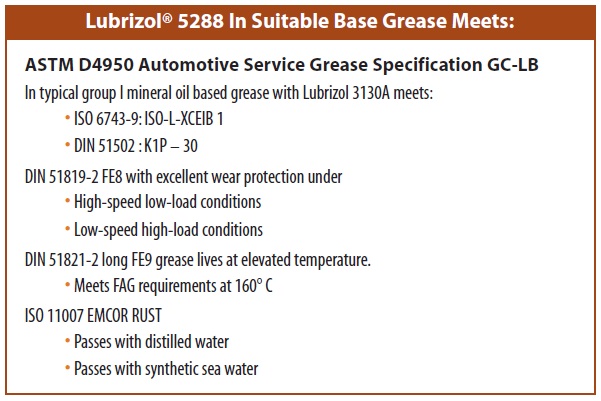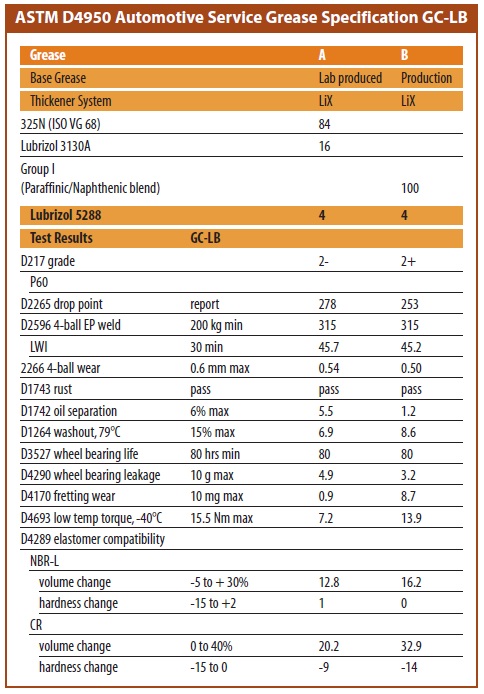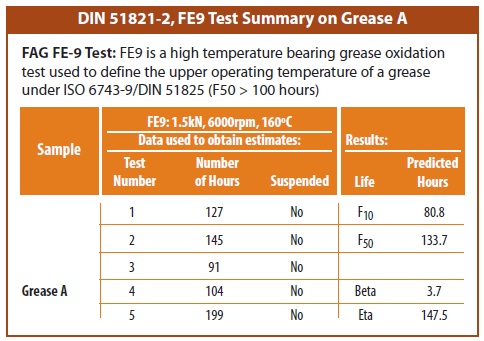The Lubrizol Corporation
Not More. Better.
By Ping Zhu Ph.D., Commercial Manager, Grease Additives, The Lubrizol Corporation | TLT CMF Plus November 2009
As today’s grease market trends toward lower consumption and higher performance, Lubrizol® 5288 multifunctional grease additive enables premium greases to meet the challenge.
Market Trends Favor Premium Greases
Grease end users are looking for options when it comes to reducing maintenance costs for mobile and industrial equipment. Operators are extending re-greasing intervals, both to reduce costs and to better synchronize maintenance equipment schedules. In equipment where re-greasing is difficult, standard bearings are being replaced with “greased for life” bearings, which still need to perform as if being regularly regreased. All of these trends are creating greater demand for premium greases that can deliver better performance – under difficult conditions – in ever smaller quantities without compromising significantly on cost.
 What’s Driving Today’s Grease Market?
What’s Driving Today’s Grease Market?
The direction of today’s grease market can be summed up this way: less consumption and higher performance. While grease usage is increasing in industrial activities, the overall trend definitely points to reduced consumption. A range of equipment technologies support the drive to use less grease to do much more. Automated greasing systems use vibration sensors, valves and flow meters to deliver the right amount of grease where and when it is needed. Re-greasing intervals are being extended, and where regreasing is challenging, traditional bearings are being replaced with sealed bearings that are greased for life with premium greases. And in the railroad and mining industries – applications where traction motors are used – the practice of replacing gear boxes that use grease with alternates that use gear oil is becoming much more prevalent.
Environmental demands and toxicological considerations are perennial drivers for the grease market. Today’s producers face an ever-growing list of requirements for new product labeling, chemical registration and increased toxicological testing, and overshadowing it all, the potentially market-changing impact of REACH legislation. Given the global nature of these obligations, grease producers and marketers expect their additive partners to deliver proven chemistry with global credentials.
As the grease industry consolidates, grease producers are focused on options that will allow them to reduce complexity while gaining economies of scale. Grease marketers are acting to protect their global brands, which means taking a closer look at the formulation protection that exclusive additive packages can provide.
Finally, in today’s economic climate, operators of mobile and industrial equipment need to reduce maintenance costs while still being assured of optimum performance. Consumers need longer equipment life, better Performance, less down time. And they are looking to grease producers and manufacturers to supply answers.
Lubrizol® 5288 Additive Technology: Delivering Top Tier Performance
Lubrizol® 5288, the newest addition to the Lubrizol family of multi-functional grease additives, was designed to deliver the performance that today’s grease market demands. The Lubrizol® 5288 additive has been proven to extend bearing grease life, while minimizing bearing failure. The result: improved performance, better high temperature protection, extended equipment life and improved economics. A fully-formulated additive package, this versatile chemistry can be used in lithium, lithium complex and urea thickened greases. For applications that demand top-tier performance, Lubrizol 5288 is the right choice, providing all the benefits that consumers expect along with a significant economic opportunity for grease manufacturers and marketers.
Balanced, Global Technology
Keeping equipment running longer requires not just better performance, but the right balance of performance characteristics. Lubrizol 5288 offers improved oxidation stability coupled with superior antiwear protection, rust prevention and extreme pressure performance, all of which translates into extended bearing life, and as a result, less downtime.
Improved oxidation stability also minimizes grease degradation, so re-greasing intervals can be extended, allowing for better equipment maintenance synchronization and in most cases reduced grease usage. Lubrizol 5288 also provides protection against corrosion of non-ferrous metals such as, brass bearing cages and offer improved compatibility with elastomeric bearing seal materials.
Global marketers can be confident that Lubrizol 5288 is registered and accepted globally. At recommended treat rate of 4%, Lubrizol 5288 provides a competitive advantage and does not trigger EU risk phrase labeling of the finished grease.

 Your Source for The Right Level of Performance
Your Source for The Right Level of Performance
Lubrizol 5288 delivers outstanding performance under the most challenging conditions. But not all equipment needs are the same. That’s why Lubrizol offers an entire family of multifunctional grease additives from basic to premium; all backed by Lubrizol’s longestablished reputation for quality products and services.
Proven Performance
Suitable base greases, when treated with Lubrizol 5288 at the recommended 4% treat rate meet ASTM D4950 Automotive Service Grease Specification GC-LB. Lubrizol 5288 technology provides excellent wear protection as demonstrated in Laboratory 4-Ball wear tests and FE8 bearing wear tests, both under high-speed, low-load conditions and low-speed, high-load conditions. Its superior oxidation protection and long grease lives are demonstrated in the high temperature FE9 test.


 The Best Choice for Extending Re-greasing Intervals
The Best Choice for Extending Re-greasing Intervals
Re-greasing intervals are based on manufacturers’ recommendations. In most cases, those intervals are based on grease properties far inferior to premium products like Lubrizol 5288. As a result, there is the potential for standard intervals to be extended, based on laboratory testing, when Lubrizol 5288 multifunctional grease additive is used. The result? Tremendous reductions in labor and material costs.